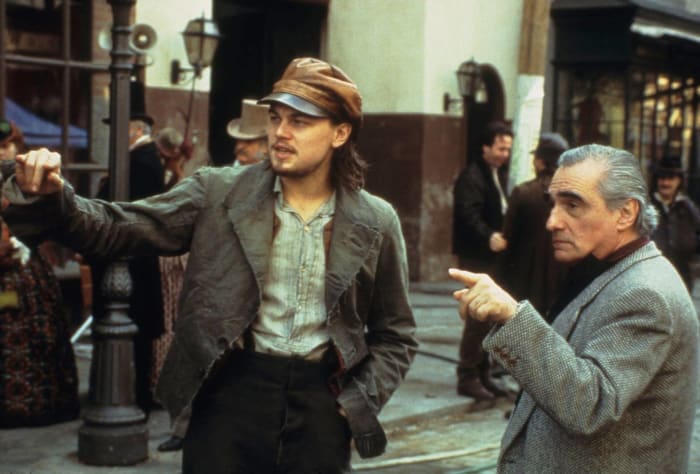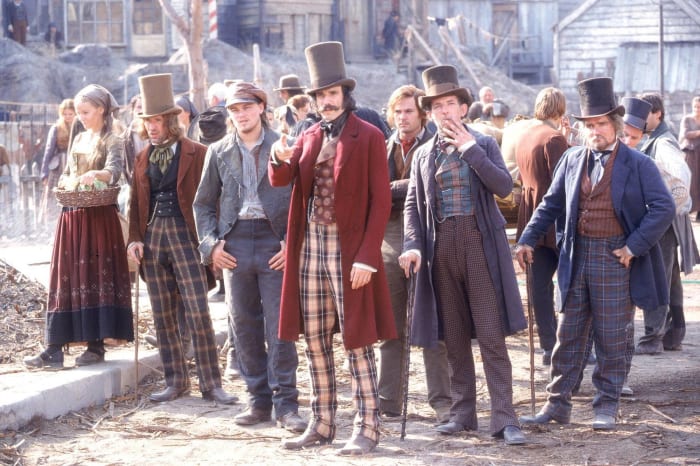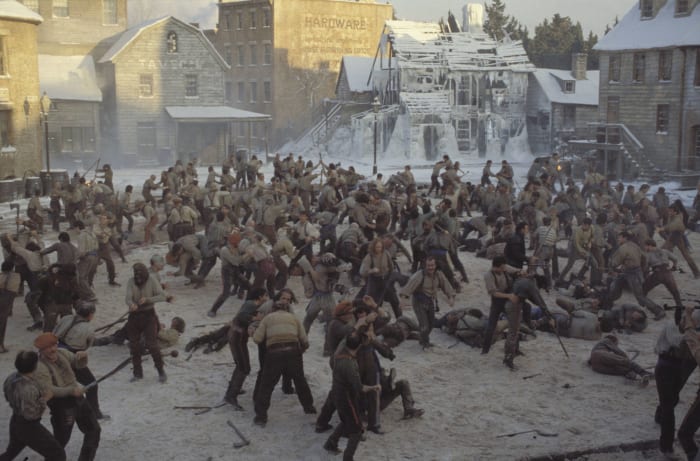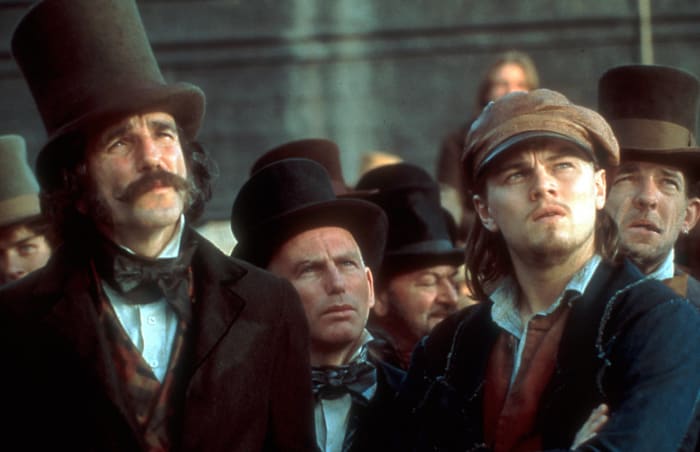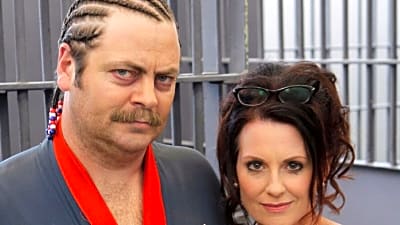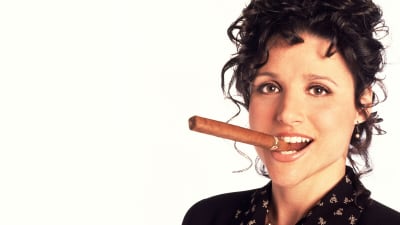x

Miramax
20 facts you might not know about Gangs of New York
We’ve seen movies about warring gangs before. Some of them are violent. Some of them involve a lot of singing and dancing. Gangs of New York takes things in a different direction by setting itself in America at the brink of civil war. A legend of the gangster film took his usual tropes and dropped them in an entirely different milieu. It turned into an epic that was a bit polarizing but generally considered a big success. Here are 20 facts about Gangs of New York for every true American.
More must-reads:
- The 25 best episodes of 'Mystery Science Theater 3000'
- Find out who is receiving a star on the Hollywood Walk of Fame in 2026
- 21st-century animated characters who are already iconic
Breaking News
Trending in Entertainment
Customize Your Newsletter
 +
+
Get the latest news and rumors, customized to your favorite sports and teams. Emailed daily. Always free!
